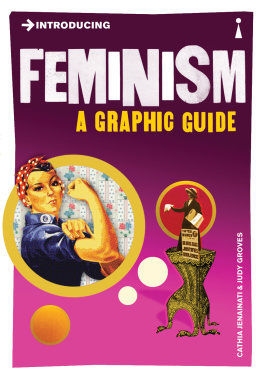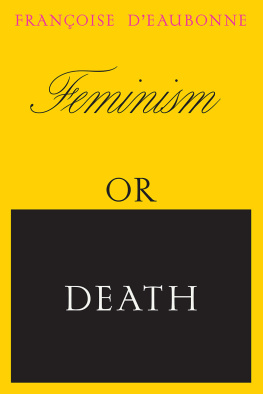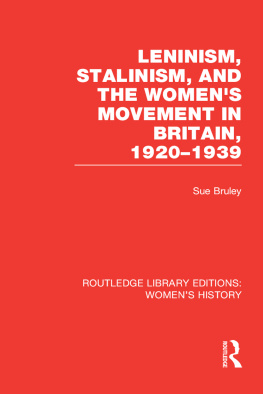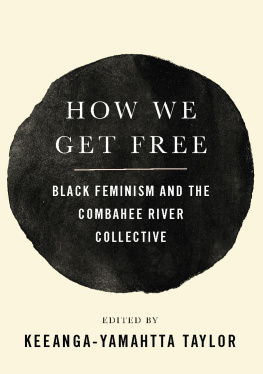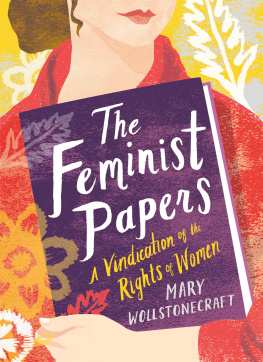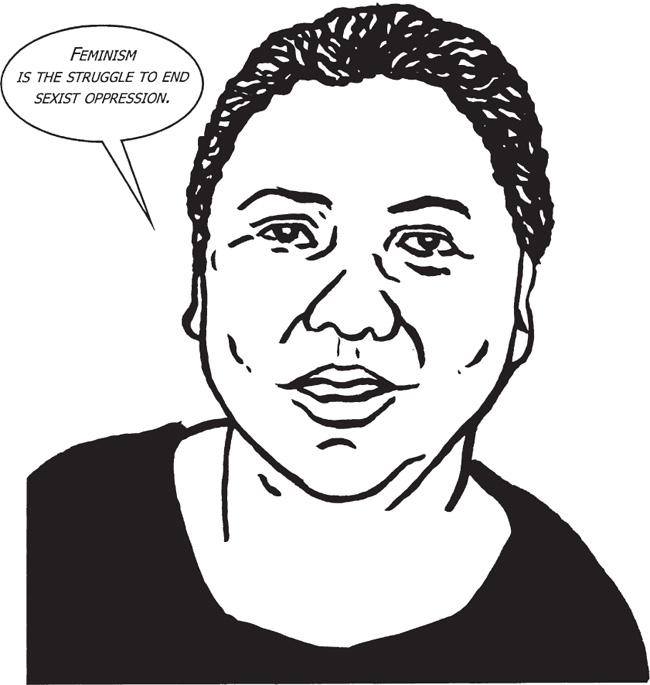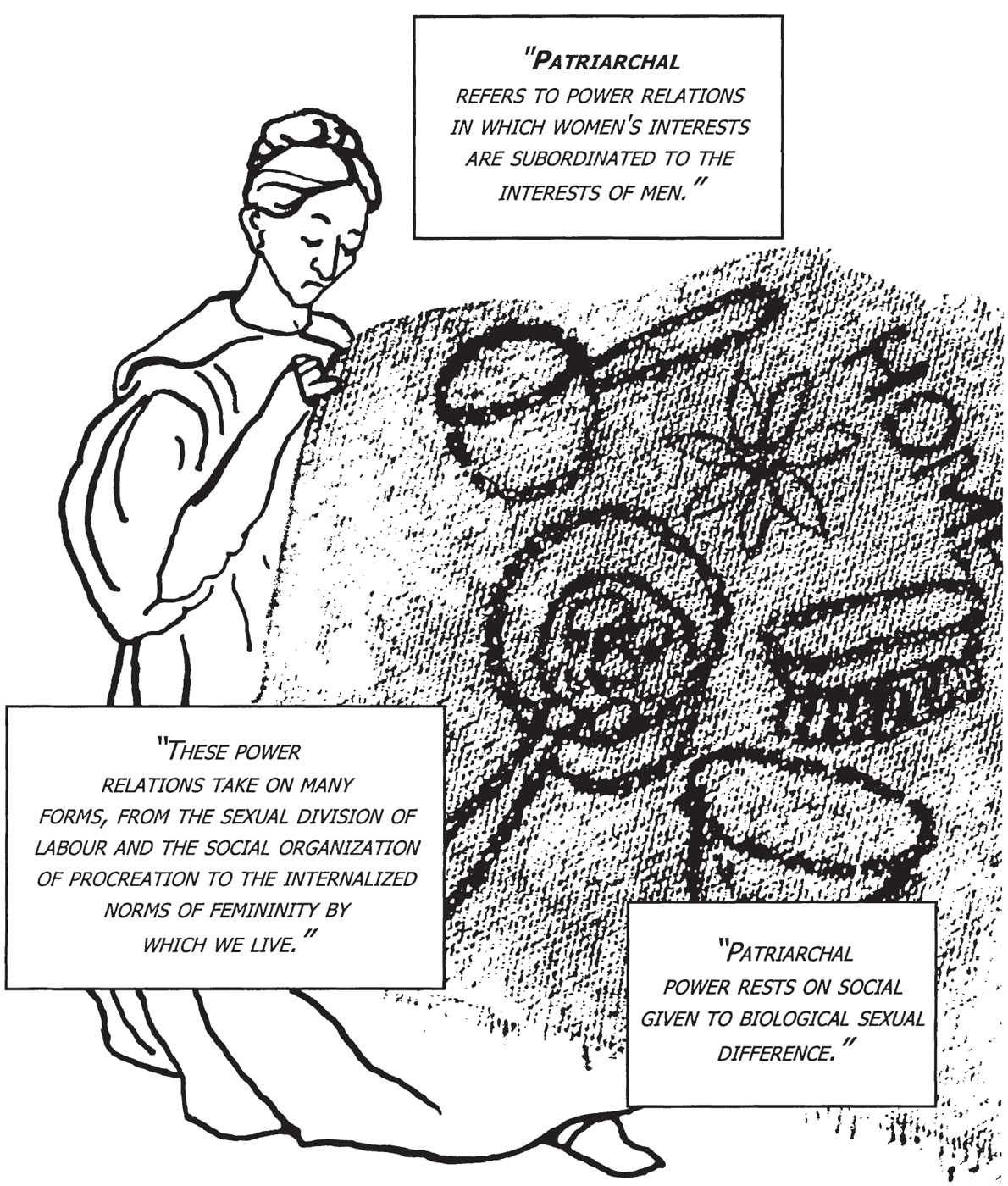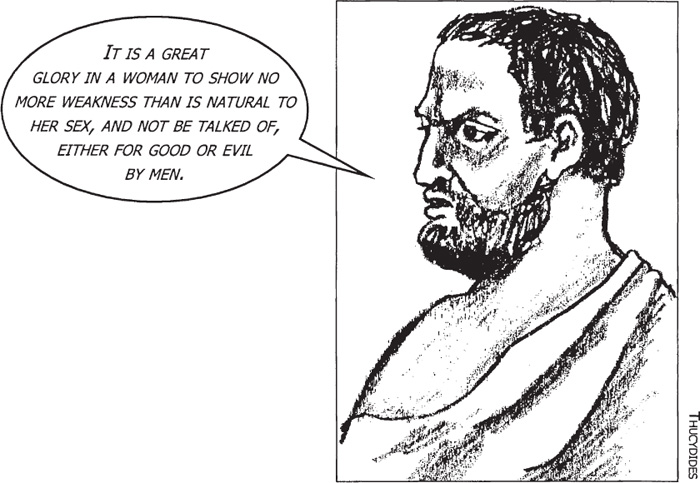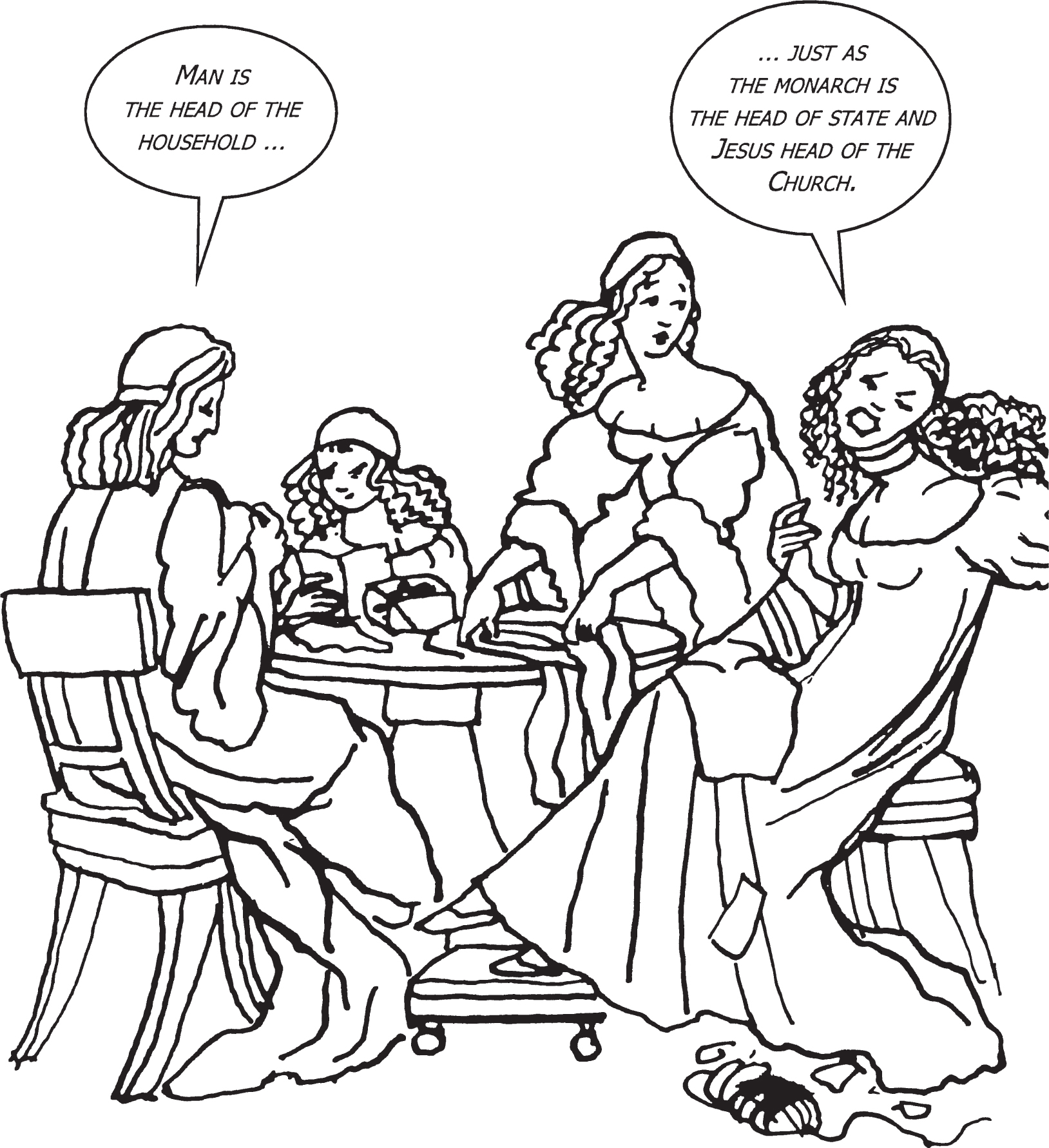Cathia Jenainati - Introducing Feminism: A Graphic Guide
Here you can read online Cathia Jenainati - Introducing Feminism: A Graphic Guide full text of the book (entire story) in english for free. Download pdf and epub, get meaning, cover and reviews about this ebook. year: 2010, publisher: Icon Books, genre: Science / Politics. Description of the work, (preface) as well as reviews are available. Best literature library LitArk.com created for fans of good reading and offers a wide selection of genres:
Romance novel
Science fiction
Adventure
Detective
Science
History
Home and family
Prose
Art
Politics
Computer
Non-fiction
Religion
Business
Children
Humor
Choose a favorite category and find really read worthwhile books. Enjoy immersion in the world of imagination, feel the emotions of the characters or learn something new for yourself, make an fascinating discovery.
- Book:Introducing Feminism: A Graphic Guide
- Author:
- Publisher:Icon Books
- Genre:
- Year:2010
- Rating:4 / 5
- Favourites:Add to favourites
- Your mark:
Introducing Feminism: A Graphic Guide: summary, description and annotation
We offer to read an annotation, description, summary or preface (depends on what the author of the book "Introducing Feminism: A Graphic Guide" wrote himself). If you haven't found the necessary information about the book — write in the comments, we will try to find it.
The term feminism came into English usage around the 1890s, but womens conscious struggle to resist discrimination and sexist oppression goes back much further. Introducing Feminism surveys the major developments that have affected womens lives from the seventeenth century to the present day.
Readers who have forgotten the struggles of women who came generationsand centuriesbefore will appreciate this handsome little guide introducing the basics of feminist theory. Although far from an academic study, the cartoon-drawing format and merry black-and-white illustrations will render the book popular among younger groups in need of a rapid overview of the movement. From Mary Wollstonecraft to Betty Friedan, the diminutive volume offers a chronological history of feminism in its nascent roots in colonial times, to the 1960s Womens Movement and its modern form today. Most notable, the book places a large emphasis on the struggles of African-American women, highlighting the lives and careers of such activists as Sojourner Truth, Harriet Tubman, bell hooks and Audre Lorde. Another standout section covers Germaine Greer, a proponent of the idea that heterosexuality is a form of oppression, conditioning women to conform to their societys expectations of femininity and encouraging them to believe that their value depends on their appeal to men.Kirkus Reviews
Cathia Jenainati: author's other books
Who wrote Introducing Feminism: A Graphic Guide? Find out the surname, the name of the author of the book and a list of all author's works by series.

